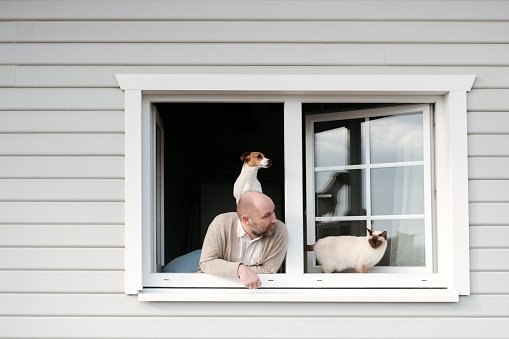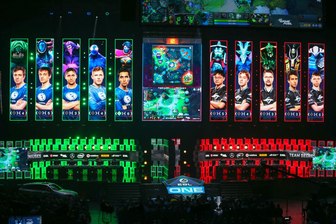As Americans limited their contact with other people and stayed inside during Covid-19, many made room in their homes—and lives—for pets. One study measuring the impact of the pandemic found that 11.38 million U.S. households welcomed a new pet last year, marking the growth of pet ownership and reinforcing the important place animals hold in our society.
Increased pet ownership as a result of Covid-19 has poised the animal care market for growth. A new YouGov analysis reveals that American pet owners were just as likely to consider buying pet care products such as pet food and toys (60%) as they were to consider products for their own personal health and well-being (60%).
And with the surge in pet ownership comes a massive opportunity for the pet insurance space. To help marketers better understand pet owners and get a sense of pet coverage, we highlight what makes pet owners so receptive to advertising, how brands can better reach these pet lovers and how the major players in the pet insurance market fared over the last year.
Most Americans own a pet, but few have insurance for them
The latest data from YouGov Profiles, an advanced audience intelligence tool, reveals that 67% of Americans say they have at least one pet in their household, identifying themselves as pet owners.
Just 5% of pet owners say they have taken out a pet insurance policy, however, indicating a large gap in the market. Compared to pet owners overall, those with pet insurance are significantly more likely to be between the ages of 25 to 44.
The opportunity, then, comes in converting pet owners that fall between the ages of 18 to 24 and 45 to 54. Profiles data shows these two age cohorts are the least likely to own pet insurance, despite more than half saying they own a pet.
There also key differences by income: Pet owners who live in lower income households (less than 75% of the median national income) are significantly less likely to own pet insurance when compared with pet owners who make higher than 200% of the median (2% vs. 10%).
Tracking pet insurance brands through the pandemic
We measured the impact of the pandemic on brands such as Figo, Trupanion and Healthy Paws over the last year. According to data from YouGov BrandIndex, which monitors the performance of brands on a daily basis, all three pet insurance brands recorded an uptick in their Index scores (what we call our overall measure of brand health consisting of consumer perceptions of Quality, Value, Satisfaction, Impression, Recommend and Reputation) among pet owners between March 2020 and April 2021.
What’s more, the three insurance brands also improved their awareness scores throughout the year, which measures whether consumers have ever heard of a brand or not.
For example, just 4% of pet owners were aware of pet insurance brand Trupanion at the beginning of the pandemic, but its awareness score rose to 6% by June 2021. Both Figo and Healthy Paws also saw an increase in general awareness between May and August 2020.
Engaging with pet owners via social and UGC
As we move into the next stage of the pandemic, the pet care industry can expand on the gains it made last year by staying up to date with the modern pet owner and knowing how to reach them.
YouGov data shows, for instance, that significant shares of pet owners say they used social media platforms such as Facebook (30%), Instagram (19%) and TikTok (12%) more often during the pandemic. At current, more than half of pet owners say they use or post to social media once a day or more often (53%), marking them as heavy social media users.
Pet owners use social media for several reasons. Keeping in touch with friends and family (72%) is chief among the motivations behind their social media usage, followed by searching for and sharing information about topics that matter to them (68%). More than half say they use social media for entertainment and news content (59%) and more than a third enjoy playing games on social media (35%)
And to reinforce the potential of social media advertising among this audience, pet owners are significantly more likely than the average American to say they like when brands engage with them via online ads, such as those found on apps or social media (29% vs. 26%; a statistically significant difference).
One way to attract the attention of pet owners is by offering them the chance to feature their pets on social media. A digital strategy around user generated content (UGC), for example, resonates well with young pet owners, especially given their propensity to create online video or audio content to share with friends, family or followers (21%).
Many people today treat their pets like members of the family. With the increased emphasis on pet care over the last year, brands can engage with pet owners in a big way: show them that you care about their pets. YouGov’s data can play a vital role in identifying ways to increase brand awareness, driving engagement and interacting with people who love their pets.











